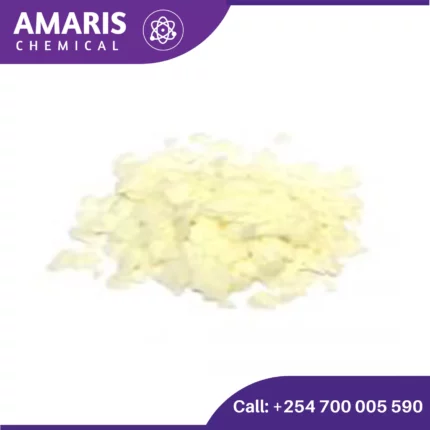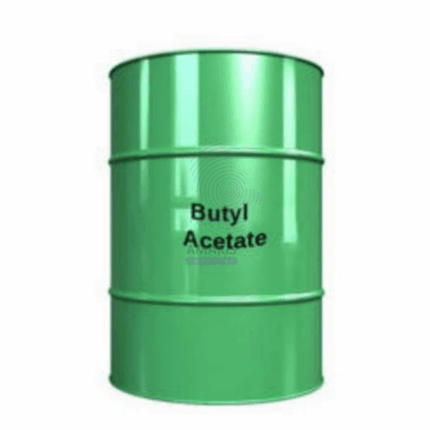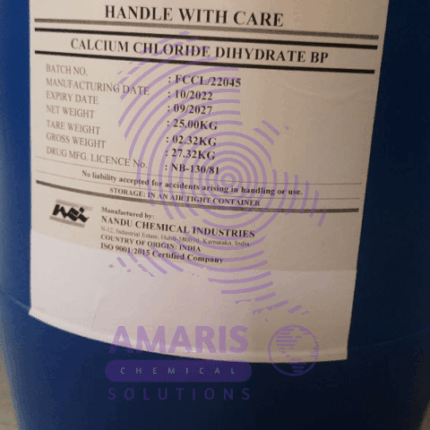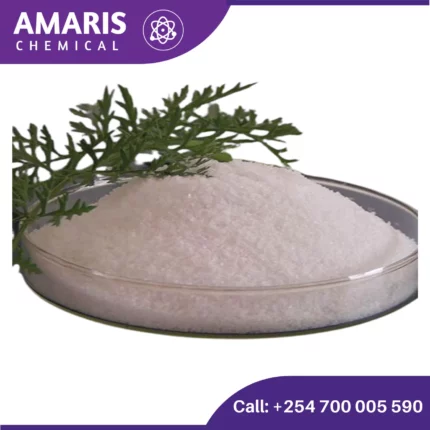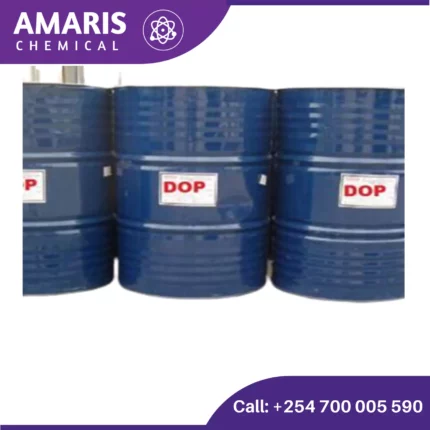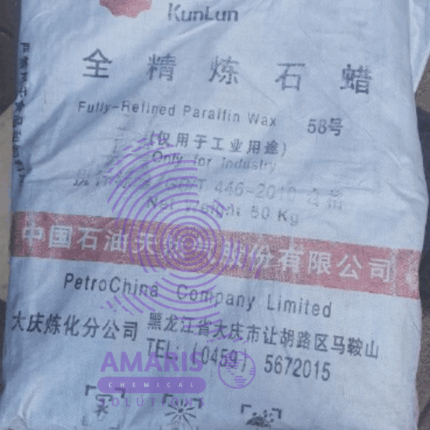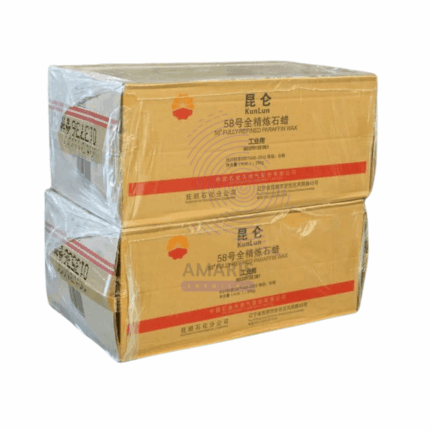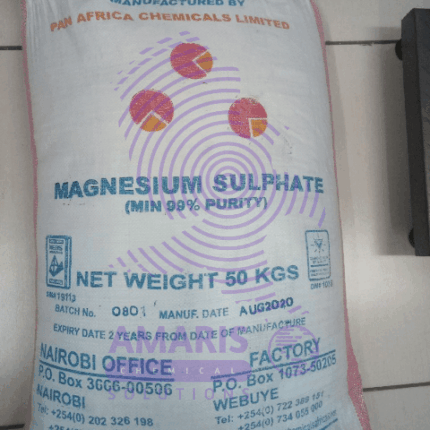

Isopropyl palmitate
$9,000.00 Original price was: $9,000.00.$8,800.00Current price is: $8,800.00.
Isopropyl palmitate is a synthetic compound that is derived from isopropyl alcohol and palmitic acid. It is commonly used as an emollient and thickening agent in cosmetic and personal care products. Isopropyl palmitate helps to enhance the texture and spreadability of formulations, leaving the skin feeling smooth and moisturized. It is often used in creams, lotions, moisturizers, and various skincare products.
Isopropyl palmitate Uses
Primary Uses of Isopropyl Palmitate
1. Cosmetics & Skincare
-
Emollient: Softens and moisturizes skin by forming a protective barrier.
-
Texture Enhancer: Provides a smooth, non-greasy feel in lotions, creams, and foundations.
-
Solvent & Carrier: Helps dissolve and evenly distribute active ingredients (e.g., vitamins, fragrances).
-
Makeup Base: Used in foundations, lipsticks, and mascaras for better application.
2. Pharmaceutical & Topical Applications
-
Ointment & Cream Base: Used in medicated creams (e.g., anti-inflammatory, antifungal).
-
Transdermal Drug Delivery: Enhances skin absorption of certain medications.
-
Lubricant in Medical Gels: Used in ultrasound gels and some medical lubricants.
3. Hair Care Products
-
Conditioning Agent: Reduces frizz and improves hair manageability.
-
Shine Enhancer: Adds gloss to hair serums and styling products.
4. Industrial & Manufacturing
-
Lubricant: Used in light machinery and metalworking fluids.
-
Plasticizer: Improves flexibility in some plastics and rubbers.
Secondary Uses of Isopropyl Palmitate
1. Personal Care & Hygiene
-
Shaving Creams: Provides a smooth glide for razors.
-
Deodorants & Antiperspirants: Helps active ingredients spread evenly.
-
Massage Oils: Acts as a lightweight, non-sticky base.
2. Household & Miscellaneous Applications
-
Leather & Furniture Polish: Adds shine and conditioning properties.
-
Stain Remover: Helps break down oily residues in cleaning products.
-
Candle & Wax Additive: Improves texture in some candle formulations.
| APPEARANCE |
Watery/Thin – Low viscosity e.g., ethanol |
|---|
- Basic Identification Attributes
- Chemical Name: Isopropyl hexadecanoate (IUPAC)
- CAS Number: 142-91-6
- HS Code: 2915.70.00 (Esters of palmitic acid)
- Molecular Formula: C₁₉H₃₈O₂
- Synonyms: IPP, palmitic acid isopropyl ester, hexadecanoic acid isopropyl ester
- Physical & Chemical Properties
- Physical State: Clear, colorless to pale yellow oily liquid
- Color & Odor: Colorless to faint yellow; nearly odorless
- Boiling Point: 160-170°C (1 mmHg) | ~330°C (decomposes at atm pressure)
- Melting Point: 12-14°C
- Density: 0.85-0.86 g/cm³ (20°C)
- Solubility:
- Insoluble in water
- Miscible with ethanol, ether, and most organic solvents
- pH Level: Neutral (~7)
- Vapor Pressure: Very low (<0.1 mmHg at 20°C)
- Flash Point: ~170°C (closed cup) – Combustible
- Autoignition Temperature: ~350°C
- Viscosity: ~7-9 mPa·s (20°C)
- Safety & Hazard Attributes
- Hazard Class (GHS):
- Not classified as hazardous (non-toxic, non-irritating at typical use levels)
- NFPA Ratings:
- Health: 0 | Flammability: 1 | Reactivity: 0
- Exposure Limits:
- No OSHA PEL or ACGIH TLV established
- Reactivity:
- Stable under normal conditions
- Avoid strong oxidizers (e.g., peroxides)
- Storage & Handling Attributes
- Storage Conditions:
- Store in a cool (<30°C), dry place away from direct sunlight
- Keep containers tightly sealed
- Incompatible Materials: Strong oxidizing agents
- Container Type:
- Plastic (HDPE) or stainless steel
- Shelf Life: 2+ years if stored properly
- Special Handling:
- Minimal PPE required (gloves recommended for prolonged handling)
- Regulatory & Compliance Attributes
- Regulatory Status:
- FDA: Approved for cosmetics and topical pharmaceuticals (21 CFR 720.4)
- EU: Compliant with REACH and Cosmetics Regulation (EC 1223/2009)
- EPA: Listed under TSCA inventory
- Hazard Symbols (GHS): None required
- Transportation Restrictions:
- Not regulated as hazardous for transport
- Waste Disposal:
- Dispose as non-hazardous waste or incinerate
- Environmental & Health Impact
- Ecotoxicity:
- Low toxicity to aquatic life (LC50 >100 mg/L for fish)
- Persistence:
- Readily biodegradable (>60% in 28 days per OECD 301)
- Carcinogenicity:
- Not classified by IARC, NTP, or OSHA
- Biodegradability:
- Readily biodegradable (OECD 301B)
Personal Protection:
- Gloves:Wear nitrile or latex gloves to prevent prolonged skin contact (though irritation is rare).
- Eye Protection:Safety goggles if splashing is possible.
- Clothing:Lab coat or protective apron when handling large quantities.
- Respiratory Protection:Not typically required unless in mist or aerosol form (use a dust mask if handling powder blends).
Handling & Storage:
- Ventilation:Normal room ventilation is sufficient.
- Ignition Sources:Combustible at high temperatures—keep away from open flames, sparks, and hot surfaces.
- Storage:Store in a cool, dry place in tightly sealed containers (preferably plastic or glass).
- Incompatibilities:Avoid strong oxidizing agents (e.g., peroxides, nitric acid).
Spill Management:
- Small spills:Wipe up with absorbent material (e.g., paper towels, spill pads).
- Large spills:Contain with inert absorbents (e.g., sand, vermiculite) and dispose of properly.
Inhalation:
- Symptoms:Unlikely to cause harm at room temperature (low volatility). If heated mist is inhaled, may cause mild respiratory irritation.
- Action:Move to fresh air. Seek medical attention if irritation persists.
Skin Contact:
- Symptoms:Generally non-irritating, but prolonged exposure may cause mild dryness.
- Action:Wash with soap and water. Apply moisturizer if needed.
Eye Contact:
- Symptoms:May cause slight irritation, redness.
- Action:Rinse gently with lukewarm water for 15 minutes. Seek medical help if irritation continues.
Ingestion:
- Symptoms:Low toxicity, but may cause mild gastrointestinal discomfort.
- Action:Rinse mouth with water. Drink water if swallowed. Seek medical advice if large amounts are ingested.
Fire Hazards:
- Combustible but not highly flammable(Flash point: ~150°C / 302°F).
- Burns when exposed to high heat, producing carbon monoxide (CO) and carbon dioxide (CO₂).
Extinguishing Methods:
- Small fires:Use dry chemical (ABC), CO₂, or foam extinguishers.
- Large fires:Use water spray, fog, or alcohol-resistant foam.
- DO NOT use water jet(can spread burning liquid).
Special Precautions:
- Firefighters should wear self-contained breathing apparatus (SCBA)if heavy smoke is present.
- Cool containers exposed to fire with water spray to prevent rupture.


 Emollients
Emollients Humectants
Humectants UV Filters
UV Filters Surfactants (cosmetic)
Surfactants (cosmetic) Preservatives (cosmetic)
Preservatives (cosmetic) Fragrances and Essential Oils
Fragrances and Essential Oils Antioxidants (cosmetics)
Antioxidants (cosmetics)
 LABORATORY EQUIPMENT & APPARATUS
LABORATORY EQUIPMENT & APPARATUS

 Fertilizers
Fertilizers Plant Growth Regulators
Plant Growth Regulators Soil Conditioners
Soil Conditioners Animal Feed Additives
Animal Feed Additives Biostimulants
Biostimulants Dough Conditioners
Dough Conditioners Flour Treatments
Flour Treatments Fat Replacers
Fat Replacers Preservatives (baking)
Preservatives (baking)
 Surfactants (cleaning)
Surfactants (cleaning) Builders
Builders Bleaching Agents
Bleaching Agents Enzymes
Enzymes Solvents (cleaning)
Solvents (cleaning) Fragrances
Fragrances







